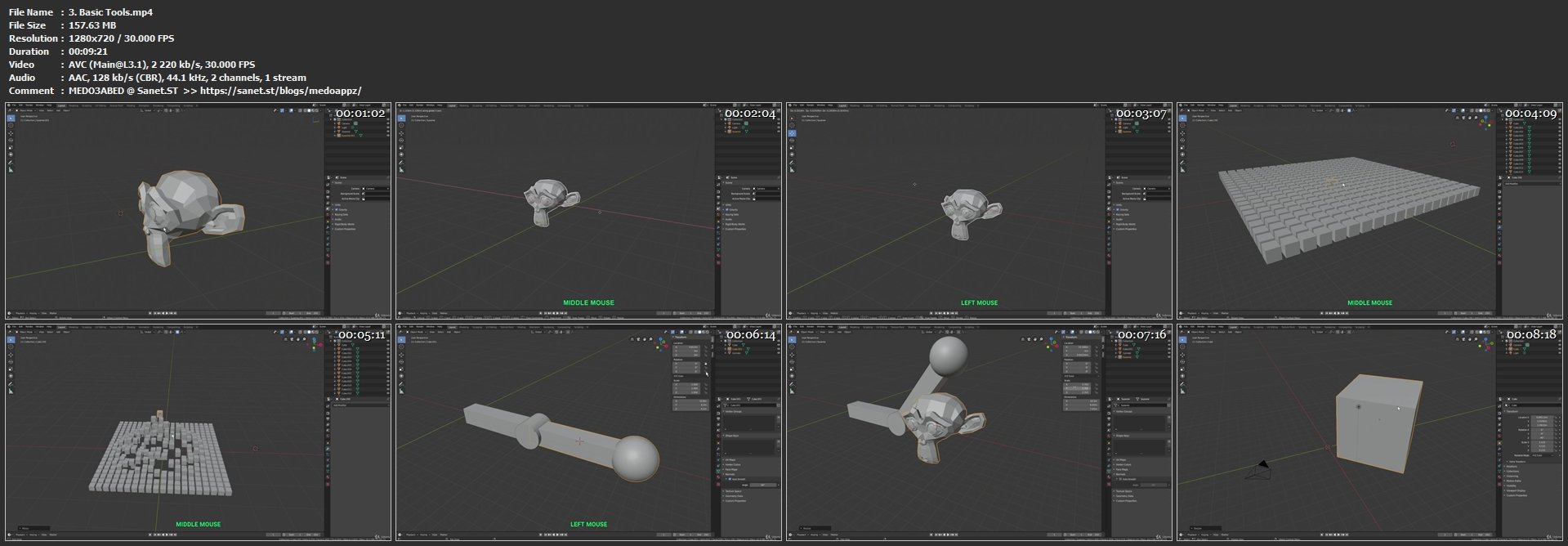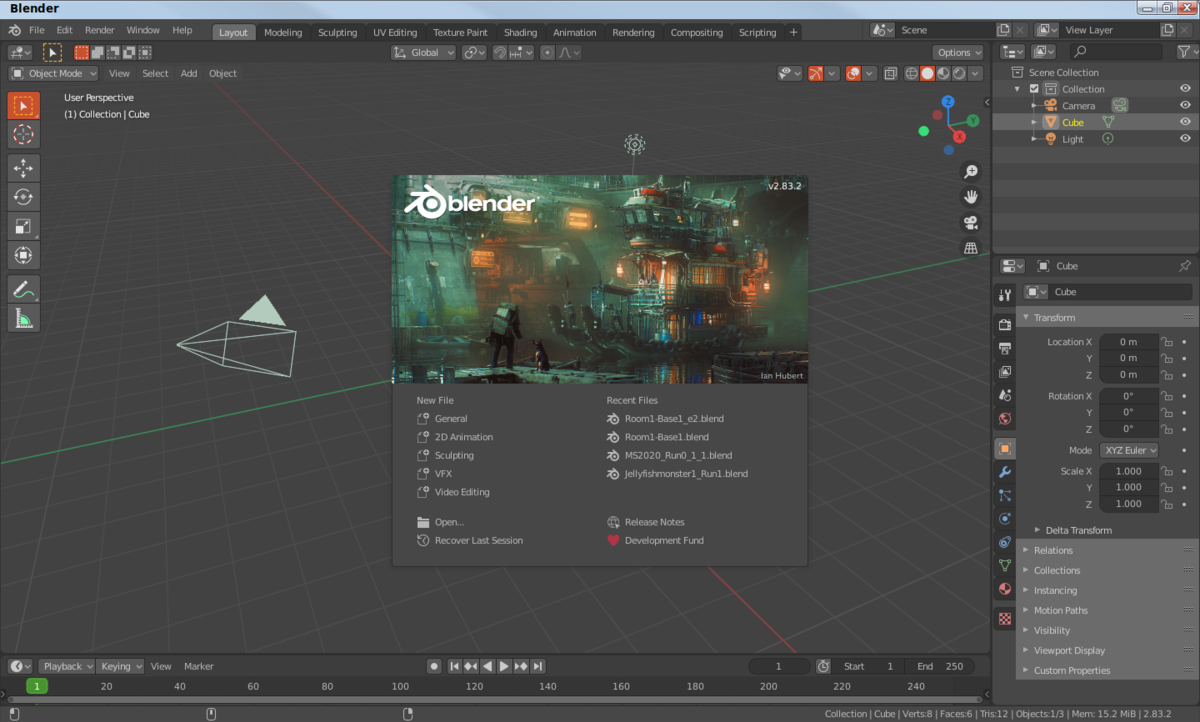
The original plan for Blender 2.80 was to work on all GPUs that have OpenGL 3.3 drivers and were released in the last 10 years. However, we have found that there are many graphic cards that support OpenGL 3.3 in hardware, but have critical bugs in the OpenGL drivers. The Blender Foundation periodically publishes official stable releases. The current release process schedule aims at frequent and predictable releases, for users and developers, using a release cycle defined here. Below is a list of splash screens from previous Blender versions, you can even go further on your walk down memory lane and download these versions.
Blender 2.34, 2.35a, 2.40, and 2.49b allows remote attackers to execute arbitrary code via a .blend file that contains Python statements in the onLoad action of a ScriptLink SDNA. Publish Date : 2009-11-06 Last Update Date : 2018-10-10
- CVSS Scores & Vulnerability Types
- Products Affected By CVE-2009-3850
- Number Of Affected Versions By Product
- References For CVE-2009-3850
| ||||||||||||||||||||||||||||||||||||||||||||||||||||||||||||||||||||||||||
- Metasploit Modules Related To CVE-2009-3850There are not any metasploit modules related to this CVE entry (Please visit www.metasploit.com for more information) |

The Blender ID is a unified login system that will give you access to Blender Foundation and Blender Institute web platforms. Blender 2.78 features the official Blender ID add-on, which allows you to be logged-in within Blender so that other (3rd party) add-ons can provide you with a more tailored experience. If you can't get old versions to work, there is somebody on Youtube that in 2014 tried to go back in time. Blender 2.40, Blender 2.27, Blender 1.80.
I have got Blenderman0.1beta9 for linux, and Blender 2.37a and 2.40 alpha1 up and running nicely. I gunzipped and untarred Blenderman in /usr/local/blenderman0.1beta9.0, but the readme file you get for installation instructions when untarred is very windows-oriented. No hints on real linux paths are shown to place totiff.so; and then I have some issues with this module.
The scripts loads in blender with no hitch, but when trying to export it claims it does not find the totiff module (check console for details…).
Where could I find an ‘as-easy-as-possible’ step guide thru installing blenderman and placing the files as totiff.so and all others needed by the script?
I have yet another question regarding Blender-Pixie integration under linux:

I downloaded and installed the linux version, and loads fine onto Blender (already mentioned), but among the available renderers it shows within Blender there is no Pixie. The options are 3Dlight, AQSis, Entropy, BMRT and PRMan. In order to generate a Pixie-compatible .rib file, which one should I select?
Blender All Versions
Hope someone could help…Thanks in advance…
Juan.